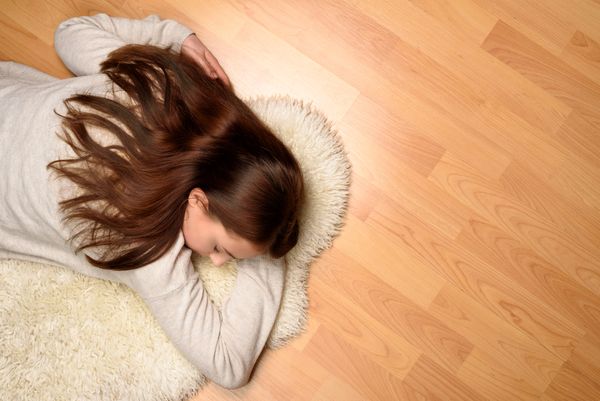
Do you envy those well-rested individuals who wake up feeling rejuvenated and ready to conquer the day? If you’re tired of tossing and turning at night, we have a simple fix that can help you achieve a deep and restorative sleep. Keep reading to discover the secret to becoming a snooze button-punching person!
The Importance of Quality Sleep
Sleep is not just a necessary evil, but an essential function that our bodies need to thrive. It’s not just about the number of hours spent in bed, but also the quality of sleep that determines how well our bodies and minds are rejuvenated. Experts suggest that the average adult needs between seven to nine hours of sleep each night to ensure a sharp brain and a sunny mood.
The Role of Room Temperature in Sleep Quality
While many factors contribute to sleep quality, one aspect that often gets overlooked is room temperature. The temperature of your sleeping environment can significantly impact how well you sleep and your ability to stay asleep throughout the night. Finding the right balance of warmth and coolness is crucial for allowing your body to rest instead of continuously working to regulate temperature.
When it’s too hot, falling and staying asleep becomes difficult, as your body struggles to lower its core temperature. On the other hand, when it’s too cold, your muscles contract, making it harder to relax into a deep sleep. Moreover, feeling cold in bed can lead to fragmented sleep as your body works harder to stay warm.
The Ideal Sleep Temperature
According to experts, the ideal room temperature for sleep is typically between 60 to 67°F (15 to 19°C). This temperature range aligns with your body’s natural cooling and creates optimal conditions for deep and restorative sleep. As your body transitions through different sleep stages, the ability to regulate temperature becomes less effective. External temperatures that are too hot or too cold can disrupt these critical stages of rest.
The hormone melatonin, responsible for making you feel sleepy, is also affected by temperature. A cooler environment promotes melatonin production, signaling to your body that it’s time to rest. That’s why it’s easier to fall asleep when the room is cooler than when it’s too warm.
Tips for Creating the Perfect Sleep Environment
Finding the right sleep environment involves more than just adjusting the thermostat. Here are some tips to optimize your bedroom temperature for a good night’s sleep:
- Choose breathable bedding materials like cotton or linen to allow air circulation and prevent overheating.
- Invest in a quality mattress that promotes airflow and stays cool throughout the night.
- Wear comfortable and lightweight sleepwear made from breathable fabrics like cotton.
- Avoid using fans to regulate room temperature, as they only move air and don’t actually cool the room. Fans can cause overheating on hot nights or make you too cold if blowing directly on you.
If you enjoy the calming sound of a fan, here are some alternatives that won’t impact your room’s temperature:
- Use a white noise machine that produces soothing sounds like rain, wind, or ocean waves for a calm sleep environment.
- Consider using a humidifier or purifier to add moisture back into the air and prevent the dehydration that fans can cause.
Remember, sleep is one of the most vital functions of the human body, allowing it to recover, repair, and rejuvenate both mentally and physically. Prioritizing sleep will ensure you wake up feeling refreshed and recharged!
What tricks do you have to help you sleep through the night? Share your thoughts with us and let’s hear from others!






